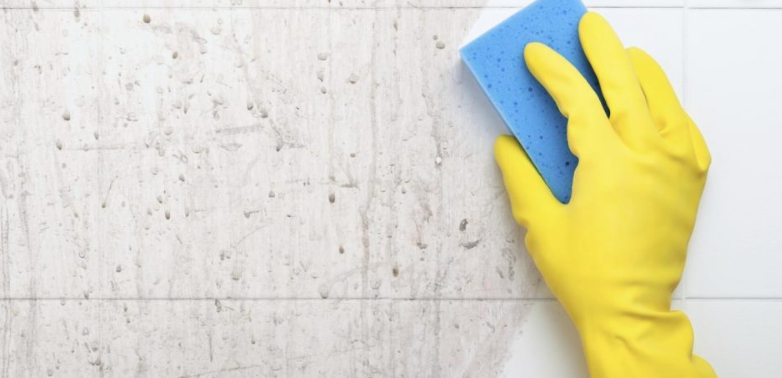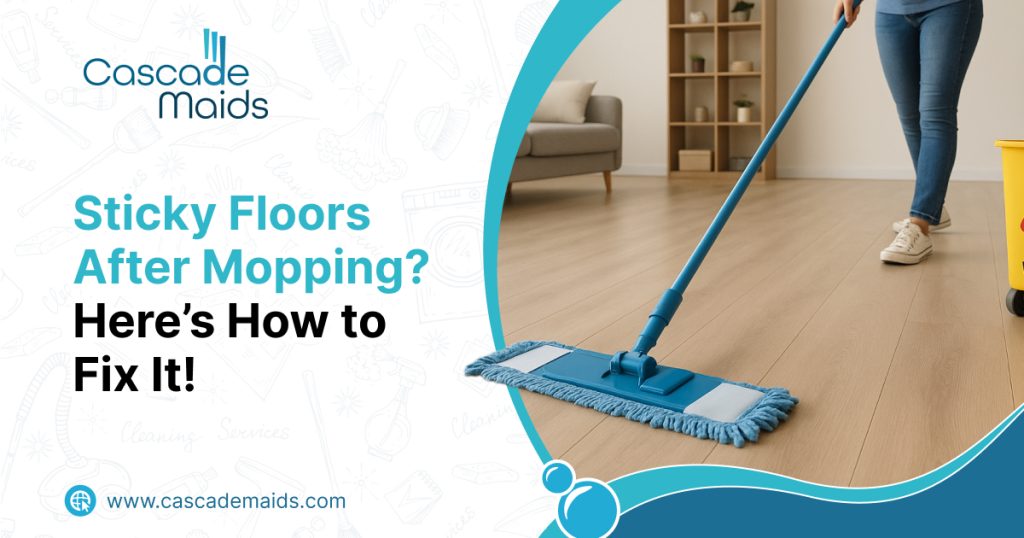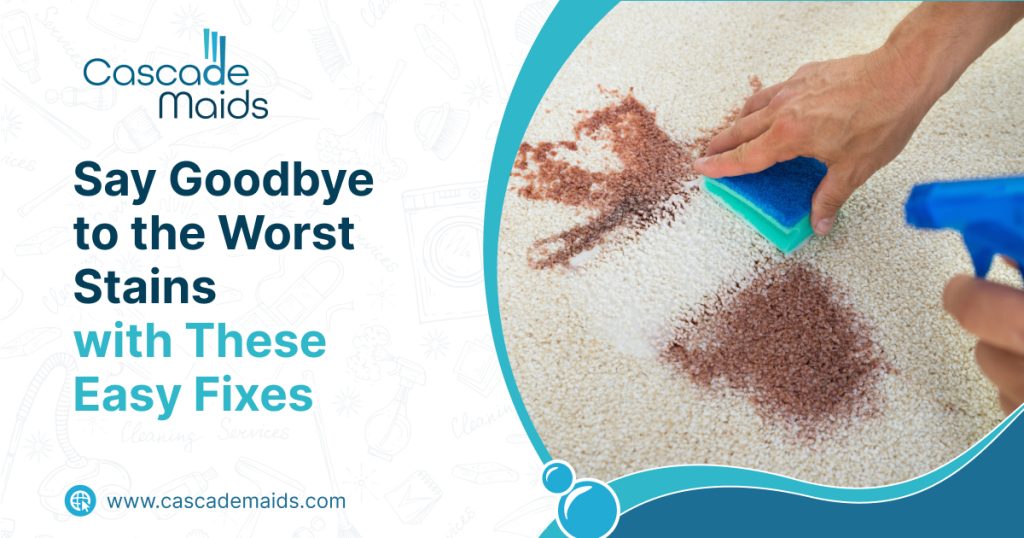Used to bathe the bodies of a number of individuals and even pets on a regular basis, usually daily, tubs and showers are considered to be domestic workhorses. It is important to clean tubs and showers frequently to ensure that the regular bathing experience, for all concerned, remains as pleasant as possible. Here’s a breakdown of the 4 main processes that make up a proper tub and tile cleaning routine.
Cleaning Shower Doors, Tile, Tub And Walls Among Other Smooth Surfaces
You face a high risk of developing soap scum deposits on various surfaces of your shower and tub if you are supplied with hard water, also known as high mineral deposit water. Rarely cleaning your shower’s tiles and the tub in addition to the steam and heat from bathing with hot water further aggravates the situation by leading to the formation of hard to clean soap scum deposits. Cleaning all tile and tub surfaces on a regular basis, at least once per week, is the best way to avoid stubborn soap scum stains. Apply a highly effective all-purpose cleaning solution on all smooth surfaces, and leave it to soak for about ten minutes, as you tend to other parts of the bathroom, if you adopt a weekly cleaning schedule. Thoroughly rinsing the surfaces after lightly scrubbing them is enough to keep them as clean as possible after giving the cleaning solution enough soaking time.
Cleaning Sealers/Grout
Use baking soda and dishwashing soap or water to create a paste to be used for grout cleaning. Using a grout brush or any other similar brush, firmly scrub the surface after applying the cleaning paste over the grout and leaving it to sit in place for a few hours. Alternatively you can switch to a special mildew/mold cleaning solution if the baking soda paste and subsequently hydrogen peroxide and bleach all fail to get the desired results. Properly ventilate the space being cleaned when using the baking soda alternatives mentioned above.
Cleaning The Shower And Tub Fixtures
Fixtures, including showerheads, taps, metal stability bars and faucets, found in bathroom areas normally develop nasty mineral deposits, such as limescale, as a result of carrying ground water. Fortunately, using a simple mixture that’s three parts water and one part white vinegar will clean out limescale with ease. If you have any descaling solutions for use in various appliances such as coffee makers and dishwashers lying around the house, you can use them as an alternative.
Drain Cleaning
To leave your drain fresh and clean, by dousing working water drains with lemon juice or white vinegar. Since vinegar is not capable of dissolving the buildup commonly found in drains, such as hair, avoid using it on seemingly backed up drains. To clear such buildup you can use a plumber’s snake to remove it physically or if you are okay with using chemicals, a specially formulated solvent will work just fine. If you want your tub cleaned by a professional here’s one you can call.




